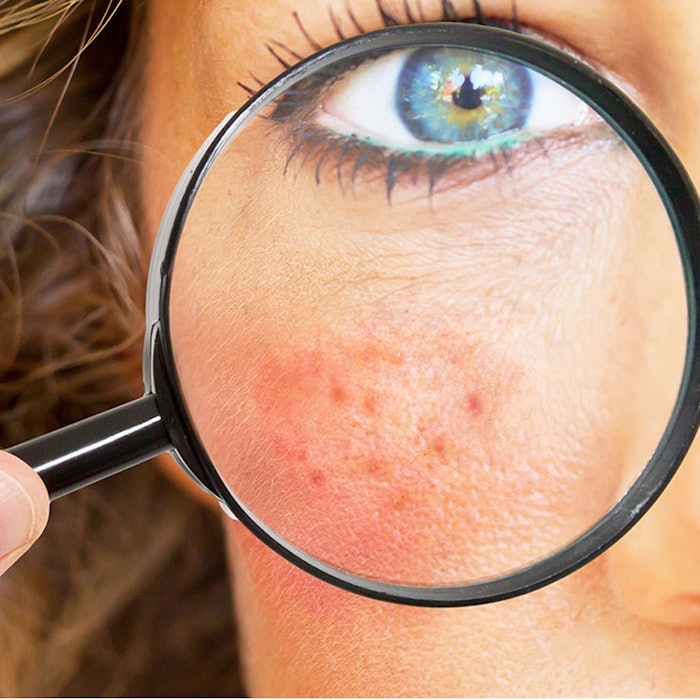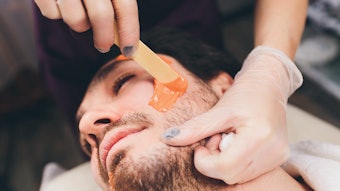
We’ve got a lot of organs: the lungs, heart, skin, brain, pancreas, etc. But of all these organs, the skin is the most honest. Don’t get me wrong, I’m not calling my friend pancreas a liar, but he’s less forthcoming with his symptoms, and I can’t immediately tell when something is amiss. The skin is a visible organ that tells its owner—and the outside world—when it encounters trouble. As the body’s first line of defense, it turns darker to protect against ultraviolet rays, reddens when it’s inflamed, produces acne when it comes in contact with bacteria, loses color when we’re sick or scared, and presents a rash when it encounters irritants.
 We’re lucky that the skin is our most visible organ because it is our largest. As such, we need to care for it properly, including adequate (but not overzealous) cleansing, moisturization and protection. Part of that care involves recognizing and combatting inflammation. That is, I’m afraid, where our honest friend gets a little complicated.
We’re lucky that the skin is our most visible organ because it is our largest. As such, we need to care for it properly, including adequate (but not overzealous) cleansing, moisturization and protection. Part of that care involves recognizing and combatting inflammation. That is, I’m afraid, where our honest friend gets a little complicated.Skin can be inflamed from a host of causes: the sun, environment, your mother-in-law’s perfume, an underlying skin condition, food sensitivities, bacteria and allergies. Understanding the causes of that inflammation is an important part of treatment. This issue addresses the causes and treatment of inflamed skin.
Danielle Kooken-Wachowski discusses what causes skin to turn red and includes a treatment plan for red, sensitive skin. And don’t forget your mother-in-law’s perfume, which is an allergen and source of irritation for many. Kris Campbell notes that a number of fragrance ingredients can cause skin irritation. She details how a skin care professional can detect irritation caused by fragrance and explains how you can treat fragrance-sensitive clients.
Of course, red, inflamed skin is present with rosacea, and treating it with gentle care is of utmost importance. Bob Manzo identifies suspected causes and treatments, although notes that causes are still being investigated. Furthering the discussion of inflamed skin treatment is Erin Madigan-Fleck, N.M.D., who details devices that have been found to calm irritated skin.
I would be remiss to include all these diagnosis and treatment articles without mentioning the intake form, which is a crucial part in diagnosing and assessing sensitive or inflamed skin. Terri Wojak talks about crafting a comprehensive intake form. She even provides one for you, which you can replicate in your own spa.
Your clients aren’t always going to be honest with you. “No Julie, I totally wore SPF30 at the beach this weekend.” If you notice their skin is inflamed, be able to assess the causes and design the proper treatment protocol. After all, they’re blushing for a reason.
Yours in education,

Katie Anderson
Managing Editor










